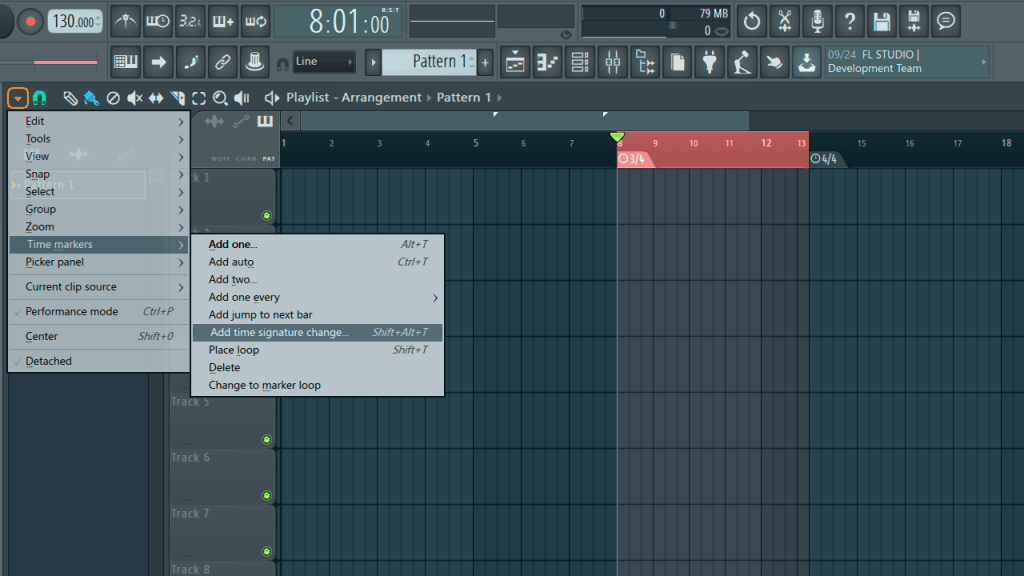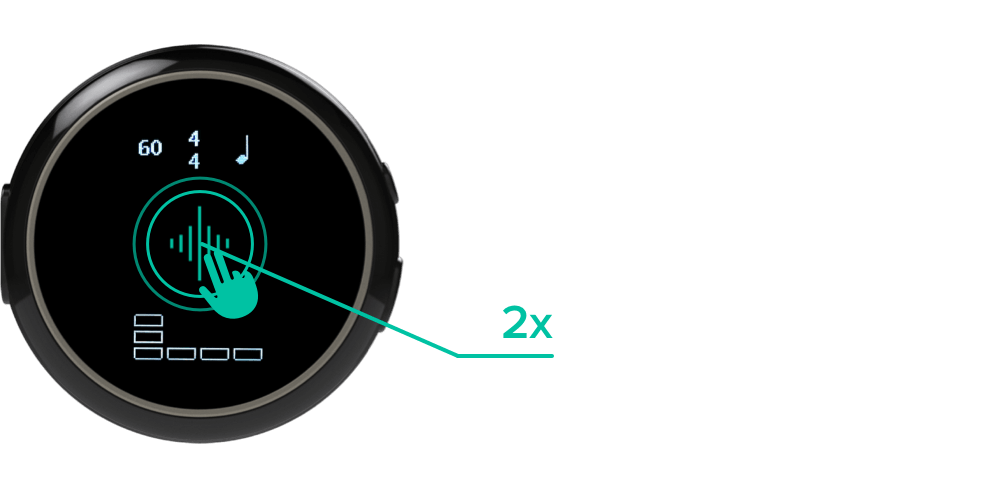
In the image above, the first note detected was actually B4.

Whatever the detected pitch, we will set the "from" pitch to be an A and the "to" pitch to be the C#/Db above that A. That does not matter because we know the current key and the key we want to change to. However, music does not always start on the same note as the musical key it is in, so the detected note will not necessarily be an A. If we have music that we know is in the key of A, Audacity may estimate the pitch as A if the first note is an A. For example you could duplicate a vocal track and then apply Change Pitch with a value of +7 semitones (a major fifth) to create a harmony vocal.Ĭhange the known key from A to the C#/Db above that A

For example, if you have a very short, quiet note on A3 followed by a longer, louder note on C4 Audacity will probably detect C4 but if the second note is the same volume then Audacity will probably detect A3.

The frequency of the detected pitch is given in parentheses. The letter (with sharp " #" / flat " b" suffix as required) indicates the musical note and the number indicates the octave position of the note.


 0 kommentar(er)
0 kommentar(er)
